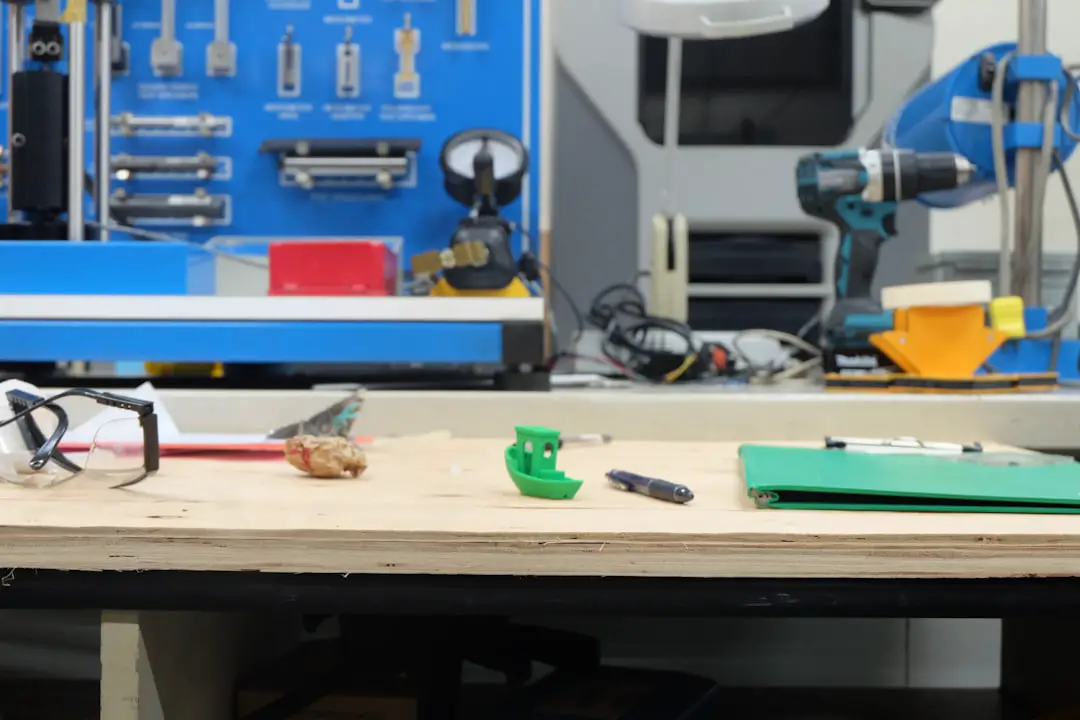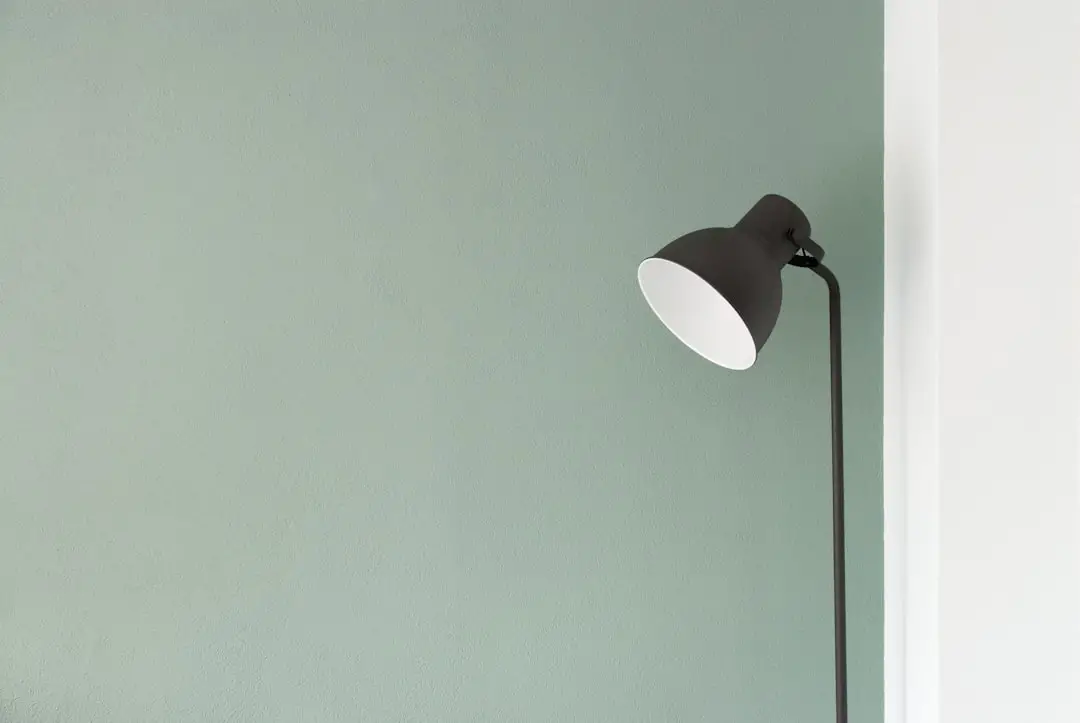Support our educational content for free when you purchase through links on our site. Learn more
Additive Manufacturing vs 3D Printing: Exploring the Differences and Similarities [2024] 🖨️

Imagine a world where you can bring your ideas to life, layer by layer, creating three-dimensional objects with precision and ease. That’s the power of additive manufacturing and 3D printing! But what exactly is the difference between these two terms? Are they interchangeable, or do they represent distinct processes? In this article, we’ll dive deep into the world of additive manufacturing and 3D printing, exploring their similarities, differences, and everything in between. So, buckle up and let’s embark on this exciting journey together!
Table of Contents
- Quick Answer
- Quick Tips and Facts
- Background: The Evolution of Additive Manufacturing and 3D Printing
- What is Additive Manufacturing?
- What is 3D Printing?
- Additive Manufacturing vs 3D Printing: Key Differences
- Common Materials Used in Additive Manufacturing and 3D Printing
- The Growth of the Additive Manufacturing and 3D Printing Market
- How has Additive Manufacturing and 3D Printing Technology Developed?
- Benefits of Additive Manufacturing and 3D Printing
- Want to Know More About Additive Manufacturing and 3D Printing?
- FAQ
- Conclusion
- Recommended Links
- Reference Links
Quick Answer
In a nutshell, additive manufacturing and 3D printing are often used interchangeably, but there is a subtle difference between the two. Additive manufacturing is a broader term that encompasses various techniques used to create three-dimensional objects by adding material layer by layer. On the other hand, 3D printing refers specifically to the process of using a 3D printer to create physical objects from digital designs. While additive manufacturing includes 3D printing, it also includes other methods such as binder jetting, material extrusion, and more.
👉 CHECK PRICE on: 3D Printers | Additive Manufacturing Solutions
Quick Tips and Facts
✅ Additive manufacturing and 3D printing are often used interchangeably, but there is a subtle difference between the two.
✅ Additive manufacturing is a broader term that encompasses various techniques used to create three-dimensional objects by adding material layer by layer.
✅ 3D printing refers specifically to the process of using a 3D printer to create physical objects from digital designs.
✅ Additive manufacturing includes 3D printing, but it also includes other methods such as binder jetting, material extrusion, and more.
Background: The Evolution of Additive Manufacturing and 3D Printing

Before we dive into the details, let’s take a step back and explore the history of additive manufacturing and 3D printing. The concept of additive manufacturing dates back to the 1980s when the first 3D printing technologies were developed. These early technologies laid the foundation for what would become a revolutionary way of manufacturing objects.
Over the years, additive manufacturing and 3D printing have evolved and matured, with advancements in materials, hardware, and software. Today, these technologies have found applications in various industries, including healthcare, automotive, aerospace, and consumer goods.
What is Additive Manufacturing?
Additive manufacturing, as the name suggests, is a process of manufacturing objects by adding material layer by layer. It involves various techniques, including 3D printing, to create three-dimensional objects from digital designs. The key idea behind additive manufacturing is to build objects from the ground up, adding material only where it is needed, resulting in less waste and more efficient production.
Additive manufacturing techniques include:
-
3D Printing: The most well-known and widely used technique, 3D printing uses a 3D printer to create physical objects from digital designs. It works by depositing material layer by layer until the object is complete.
-
Binder Jetting: This technique involves depositing a liquid binder onto a powder bed, layer by layer. The binder acts as an adhesive, binding the powder particles together to form the object.
-
Material Extrusion: Also known as Fused Deposition Modeling (FDM), material extrusion involves melting a thermoplastic filament and depositing it layer by layer to create the object.
-
Material Jetting: Similar to inkjet printing, material jetting uses printheads to deposit droplets of liquid material onto a build platform. The droplets solidify to form the object.
-
Powder Bed Fusion: This technique uses a laser or electron beam to selectively melt or sinter a powder bed, layer by layer, to create the object.
These are just a few examples of the many additive manufacturing techniques available today. Each technique has its own advantages and is suitable for different applications.
What is 3D Printing?
3D printing, as mentioned earlier, is a specific technique within the realm of additive manufacturing. It involves using a 3D printer to create physical objects from digital designs. The process starts with a digital 3D model, which is sliced into thin layers. The 3D printer then builds the object layer by layer, following the instructions from the sliced model.
3D printing has gained popularity due to its versatility, accessibility, and the ability to create complex geometries that would be challenging or impossible with traditional manufacturing methods. It has found applications in various industries, including prototyping, product development, healthcare, education, and more.
Additive Manufacturing vs 3D Printing: Key Differences
While additive manufacturing and 3D printing are closely related, there are some key differences between the two. Here are a few important distinctions:
-
Scope: Additive manufacturing is a broader term that encompasses various techniques used to create three-dimensional objects by adding material layer by layer. 3D printing, on the other hand, refers specifically to the process of using a 3D printer to create physical objects from digital designs.
-
Techniques: Additive manufacturing includes techniques beyond 3D printing, such as binder jetting, material extrusion, material jetting, and powder bed fusion. These techniques offer different capabilities and are suitable for different applications.
-
Applications: Additive manufacturing techniques, including 3D printing, have found applications in various industries. From rapid prototyping and product development to customized medical implants and architectural models, additive manufacturing offers a wide range of possibilities.
-
Complexity: 3D printing allows for the creation of complex geometries and intricate designs that would be challenging or impossible with traditional manufacturing methods. Additive manufacturing techniques, including 3D printing, enable the production of objects with internal cavities, overhangs, and intricate details.
It’s important to note that while additive manufacturing and 3D printing have their differences, they are often used interchangeably in everyday conversations. Both terms represent the exciting world of creating three-dimensional objects layer by layer.
Common Materials Used in Additive Manufacturing and 3D Printing
Additive manufacturing and 3D printing can work with a wide range of materials, depending on the specific technique and application. Here are some common materials used in additive manufacturing and 3D printing:
-
Plastics: PLA (Polylactic Acid), ABS (Acrylonitrile Butadiene Styrene), PETG (Polyethylene Terephthalate Glycol), and Nylon are commonly used plastics in 3D printing. They offer a good balance of strength, flexibility, and ease of use.
-
Metals: Additive manufacturing techniques like powder bed fusion and binder jetting can work with metals such as stainless steel, titanium, aluminum, and cobalt-chrome. Metal 3D printing offers excellent mechanical properties and is used in industries like aerospace and automotive.
-
Ceramics: Ceramic materials like porcelain, alumina, and zirconia can be used in additive manufacturing techniques like material extrusion and binder jetting. Ceramic 3D printing finds applications in dental, medical, and architectural fields.
-
Biomaterials: Additive manufacturing has revolutionized the field of healthcare by enabling the production of customized medical implants, prosthetics, and even human tissue. Biomaterials like biocompatible polymers and hydrogels are used in these applications.
These are just a few examples of the materials used in additive manufacturing and 3D printing. The choice of material depends on factors such as the desired properties of the object, the specific additive manufacturing technique, and the intended application.
The Growth of the Additive Manufacturing and 3D Printing Market
The additive manufacturing and 3D printing market has experienced significant growth in recent years and is expected to continue expanding in the future. According to a report by MarketsandMarkets, the global 3D printing market is projected to reach a value of $46.8 billion by 2026, growing at a CAGR of 21.2% from 2021 to 2026.
The growth of the additive manufacturing and 3D printing market can be attributed to several factors, including advancements in technology, increasing adoption across industries, and the ability to create complex geometries and customized products. As the technology continues to evolve and become more accessible, we can expect to see even more exciting applications and innovations in the future.
How has Additive Manufacturing and 3D Printing Technology Developed?
Additive manufacturing and 3D printing technologies have come a long way since their inception. Over the years, advancements in materials, hardware, and software have contributed to the growth and development of these technologies. Here are some key milestones in the evolution of additive manufacturing and 3D printing:
-
1980s: The first 3D printing technologies, such as stereolithography (SLA) and selective laser sintering (SLS), were developed. These early technologies laid the foundation for what would become the additive manufacturing industry.
-
1990s: Fused Deposition Modeling (FDM), a popular 3D printing technique, was invented by Scott Crump. This technique revolutionized the accessibility of 3D printing by making it more affordable and user-friendly.
-
2000s: Additive manufacturing and 3D printing technologies gained traction in various industries, including aerospace, automotive, and healthcare. The introduction of new materials and improved printing technologies expanded the possibilities of additive manufacturing.
-
2010s: The 3D printing industry experienced rapid growth, with advancements in high-speed printing, multi-material printing, and metal 3D printing. The technology became more accessible to individuals and small businesses, leading to a surge in creativity and innovation.
-
Present: Additive manufacturing and 3D printing continue to evolve, with ongoing research and development in areas such as bioprinting, nanoscale printing, and large-scale construction. The future holds exciting possibilities for these technologies, as they become more integrated into various industries and everyday life.
Benefits of Additive Manufacturing and 3D Printing
Additive manufacturing and 3D printing offer several benefits over traditional manufacturing methods. Here are some key advantages:
✅ Faster Product Development: Additive manufacturing allows for rapid prototyping and iterative design, reducing the time it takes to bring a product to market. Design changes can be easily implemented, speeding up the product development cycle.
✅ Customization and Functional Integration: 3D printing enables the creation of customized products tailored to individual needs. It also allows for the integration of multiple components into a single printed object, reducing assembly time and complexity.
✅ Reduced Costs: Additive manufacturing eliminates the need for expensive tooling and molds, making it cost-effective for small production runs and one-off designs. It also reduces material waste, as only the required amount of material is used.
✅ Increased Sustainability: By using only the necessary amount of material and reducing waste, additive manufacturing and 3D printing contribute to a more sustainable manufacturing process. It also enables the use of recycled materials and bio-based polymers, further reducing the environmental impact.
These benefits make additive manufacturing and 3D printing attractive options for various industries, from automotive and aerospace to healthcare and consumer goods.
Want to Know More About Additive Manufacturing and 3D Printing?
If you’re eager to dive deeper into the world of additive manufacturing and 3D printing, we have a wealth of resources for you! Check out the following categories on 3D Printed™ for further reading:
-
Beginner’s Guides: Get started with additive manufacturing and 3D printing with our beginner-friendly guides.
-
3D Printable Objects: Explore a wide range of 3D printable objects and find inspiration for your next project.
-
3D Printing Techniques: Learn about different 3D printing techniques and their applications.
-
3D Printing Innovations: Stay up to date with the latest innovations and advancements in the world of additive manufacturing.
You’ll find a treasure trove of information and insights to fuel your passion for additive manufacturing and 3D printing!
FAQ

Is 3D printing and additive manufacturing the same thing?
While 3D printing and additive manufacturing are often used interchangeably, there is a subtle difference between the two. Additive manufacturing is a broader term that encompasses various techniques used to create three-dimensional objects by adding material layer by layer. 3D printing, on the other hand, refers specifically to the process of using a 3D printer to create physical objects from digital designs.
Read more about “What Percentage of People Have a 3D Printer? … 🖨️”
Is 3D printing a subset of additive manufacturing?
Yes, 3D printing is a subset of additive manufacturing. It is one of the techniques used in additive manufacturing to create physical objects from digital designs. Other techniques, such as binder jetting, material extrusion, and powder bed fusion, are also part of additive manufacturing.
Is 3D printing also known as additive printing?
While the term “additive printing” is sometimes used, the more commonly used term is “additive manufacturing.” Additive manufacturing encompasses various techniques, including 3D printing, to create three-dimensional objects by adding material layer by layer.
Read more about “Metal 3D Printing Market: Unlocking the Future of Manufacturing … 🏭🔥”
What is the difference between additive manufacturing and 3D printing and rapid prototyping?
Rapid prototyping is a subset of additive manufacturing that focuses on quickly creating prototypes for product development. It often involves the use of 3D printing technologies to produce physical models of designs. Additive manufacturing, on the other hand, is a broader term that includes rapid prototyping but also encompasses other techniques used to create functional parts and end-use products.
Conclusion

In conclusion, additive manufacturing and 3D printing are two sides of the same coin, representing the exciting world of creating three-dimensional objects layer by layer. While additive manufacturing is a broader term that encompasses various techniques, 3D printing refers specifically to the process of using a 3D printer to bring digital designs to life. Both technologies offer numerous benefits, from faster product development to customization and reduced costs.
So, whether you’re a hobbyist, a designer, or an industry professional, embrace the power of additive manufacturing and 3D printing to unleash your creativity and bring your ideas to life!
✨ Keep exploring, keep creating, and let your imagination soar! ✨
Recommended Links
- 👉 CHECK PRICE on: 3D Printers | Additive Manufacturing Solutions
- Beginner’s Guides
- 3D Printable Objects
- 3D Printing Techniques
- 3D Printing Innovations


